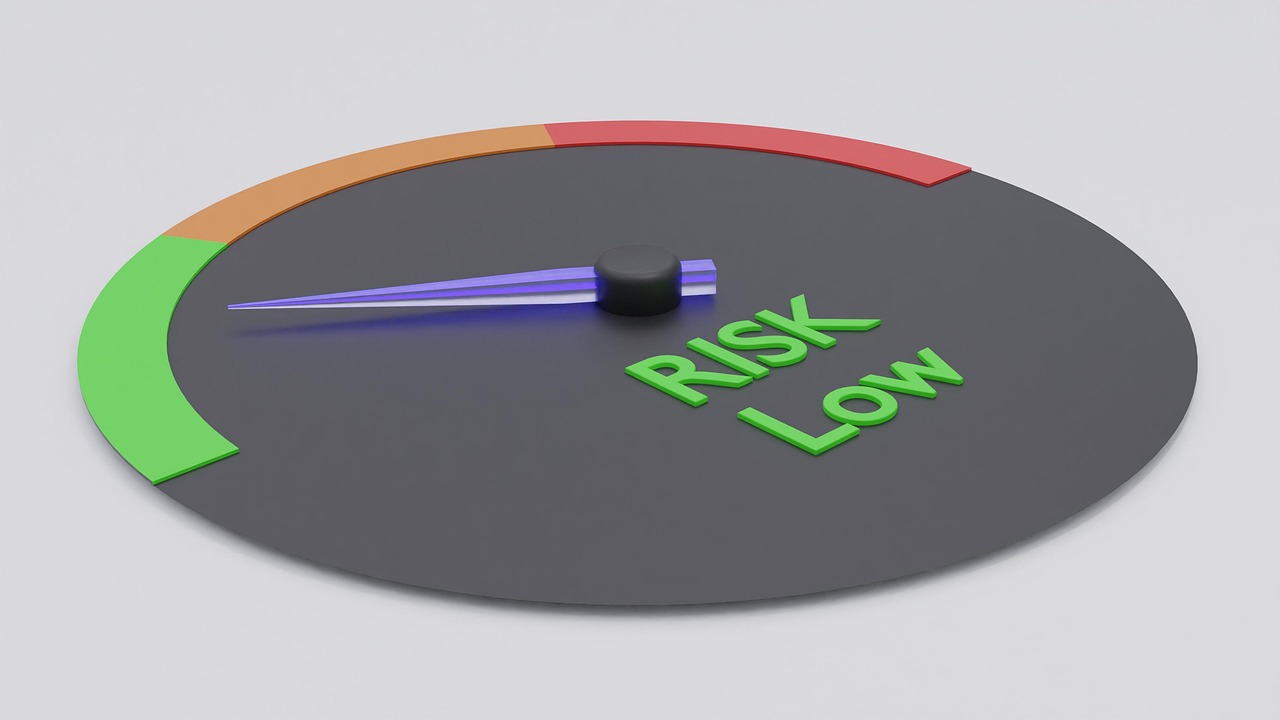Rapid Onsite Protocols to Confirm Subsurface Pipeline Compromises
Rapid onsite protocols for confirming subsurface pipeline compromises rely on layered sensing, targeted validation, and clear decision criteria. Field teams combine noninvasive detection with selective physical inspection to reduce downtime and limit unnecessary excavation. This article outlines practical steps using acoustic, thermal, pressure, moisture, satellite, and fiberoptic tools alongside mapping and analytics for reliable confirmation.

Rapid onsite protocols for confirming subsurface pipeline compromises rely on layered sensing, targeted validation, and clear decision criteria. Field teams combine noninvasive detection with selective physical inspection to reduce downtime and limit unnecessary excavation. Successful protocols integrate acoustic, thermal, pressure and moisture measurements with remote mapping and analytics to guide efficient onsite action.
How do acoustic and fiberoptic sensors help?
Acoustic sensors detect the sound signature of leaking gas or fluid moving through a break or crack in a pipeline. Portable acoustic arrays and hydrophones can be deployed along easements or access points to localize audible leaks. Distributed fiberoptic sensing complements acoustics by providing continuous temperature and strain profiles along the pipeline length; fiberoptic cables detect the subtle thermal or vibrational changes associated with leaks. Combining both modalities narrows search zones and guides crews to priority segments for closer inspection.
What role do thermal and moisture methods play?
Thermal imaging identifies temperature anomalies on the surface above subsurface leaks, useful for both hot fluids and for cooling effects from escaping gas. Handheld thermal cameras and drone-mounted thermal sensors can rapidly survey right-of-ways. Moisture meters and ground-penetrating moisture probes detect increased soil moisture from liquid leaks, which often shows up before visible surface signs. Correlating thermal hotspots with moisture patterns reduces false positives and refines excavation decisions.
How is pressure monitoring and calibration used?
Continuous pressure monitoring provides early detection of compromise through unexpected drops or oscillations. Field protocols require checking sensor health and performing calibration checks before relying on transient events. Pressure data should be analyzed in context with flow rates and pump activity to distinguish leaks from operational changes. Calibrated pressure transducers, cross-checked with manual gauge readings, help validate suspicious telemetry before dispatching crews for physical inspection.
How do mapping, satellite, and analytics assist?
Accurate mapping of pipeline assets is foundational: GIS layers, historical alignments, and as-built drawings guide sensor placement and excavation planning. Satellite remote sensing, including thermal infrared and radar, can reveal persistent anomalies across broad areas, which is especially useful for long-distance trunk lines. Analytics platforms ingest acoustic hits, pressure events, thermal detections, and mapping data to prioritize anomalies by likelihood and impact, enabling data-driven decisions about where to send crews first.
When is excavation and onsite validation required?
Excavation is reserved for cases where noninvasive indicators converge and operational risk justifies physical confirmation. Onsite validation begins with small, controlled exposures at the highest-probability location, using moisture probes and visual inspection to confirm coating damage, corrosion, or rupture. Teams should follow safe excavation practices and use traced mapping to avoid unnecessary disturbance. Validation often includes direct measurement of leak rate or sampling of escaping fluid to characterize the compromise.
How should anomalies in a pipeline be interpreted?
Interpreting anomalies requires correlation across sensor types. An acoustic detection without pressure deviation may indicate a small leak or background noise; a coincident pressure drop with thermal or moisture signals increases confidence. Calibration records are essential to rule out sensor drift as the source of anomalies. Analysts should document each anomaly, log the supporting sensor evidence, and apply a risk matrix to determine whether immediate repair, temporary isolation, or continued monitoring is the appropriate response.
Conclusion A rapid, structured onsite protocol reduces uncertainty when confirming subsurface pipeline compromises. By combining acoustic and fiberoptic sensing, thermal and moisture surveys, calibrated pressure monitoring, and satellite-enabled mapping, teams can prioritize inspections and limit unnecessary excavation. Consistent calibration, sound analytics, and clear criteria for validation are key to translating raw detections into actionable confirmation while preserving safety and asset integrity.






